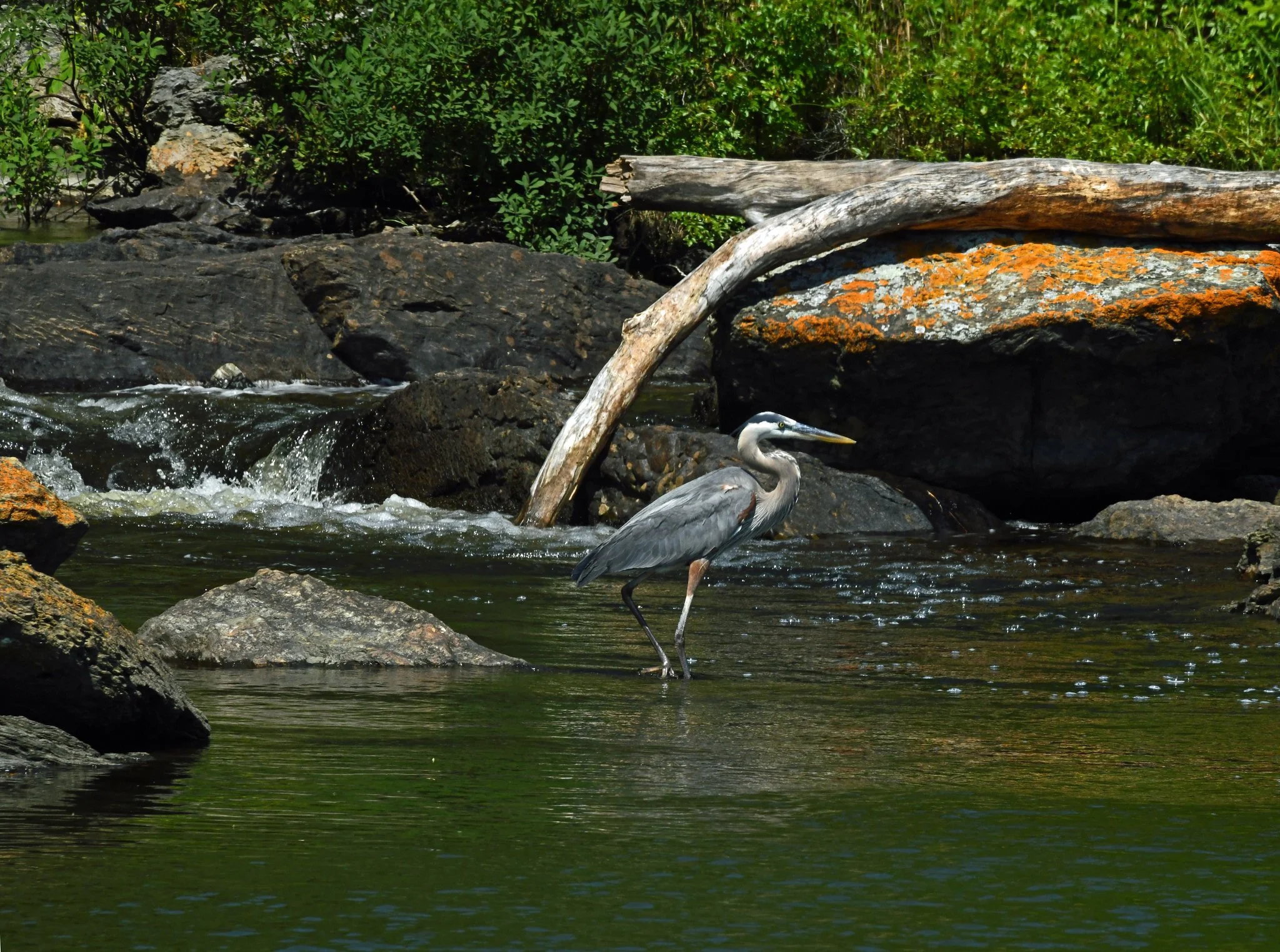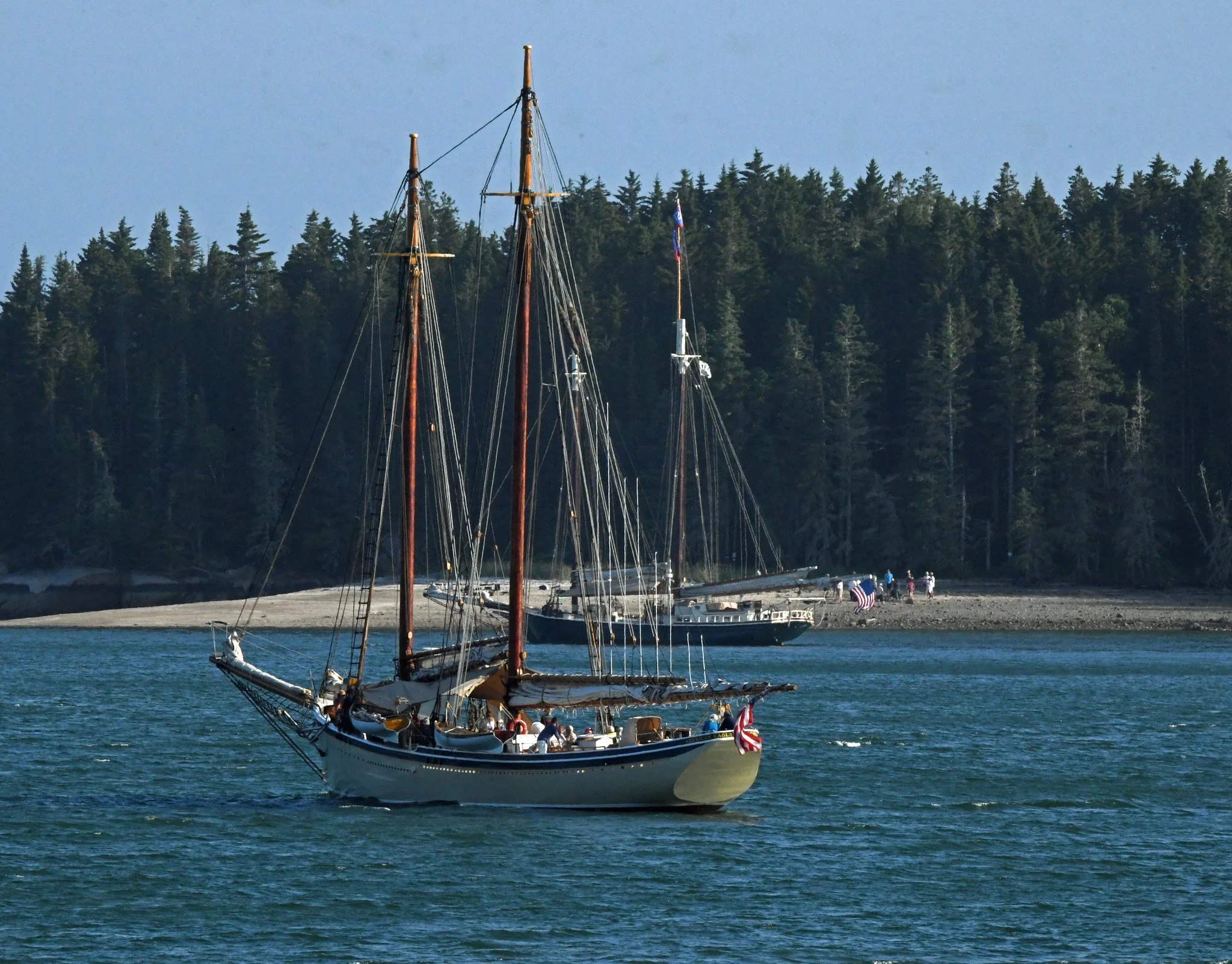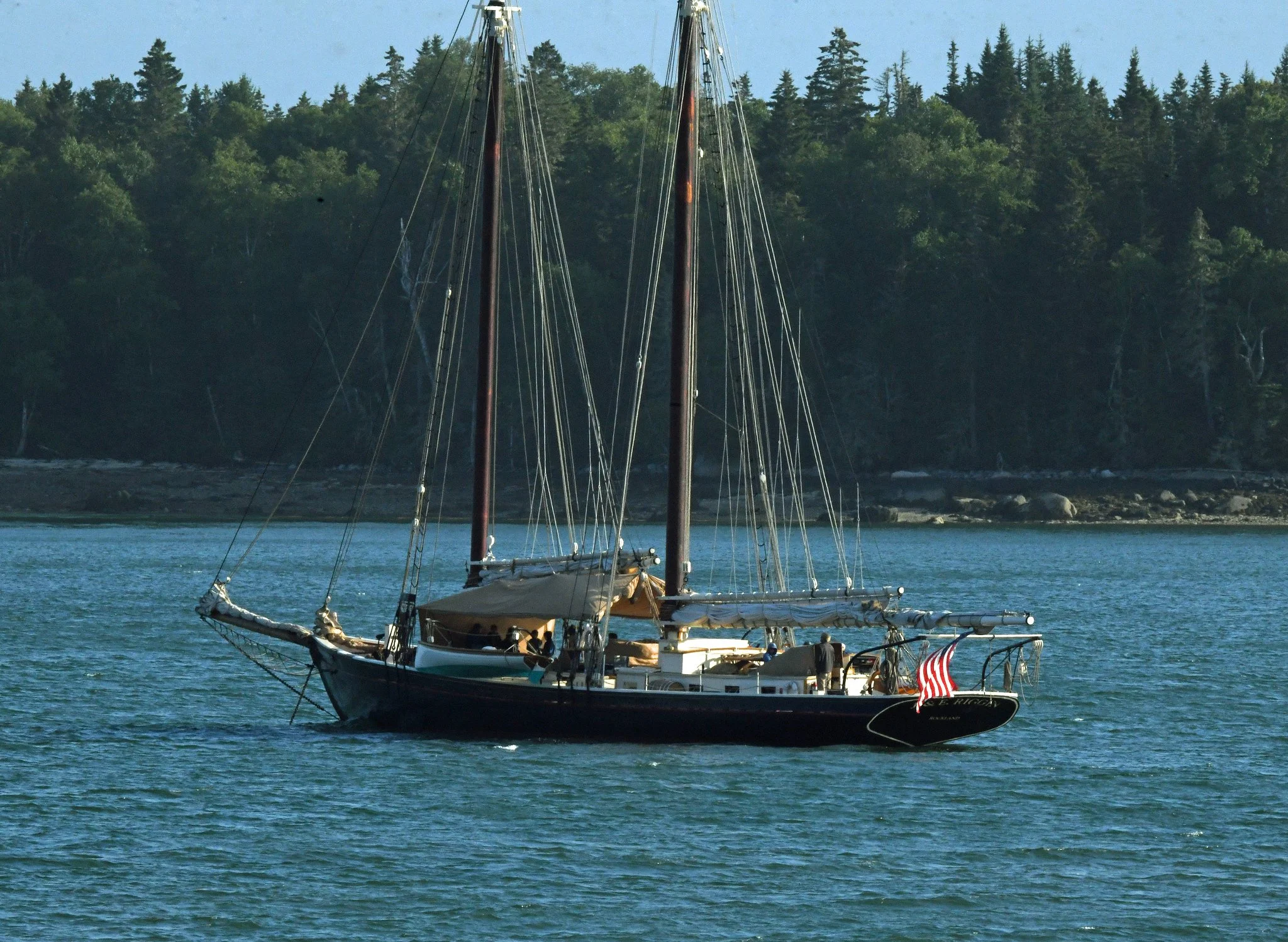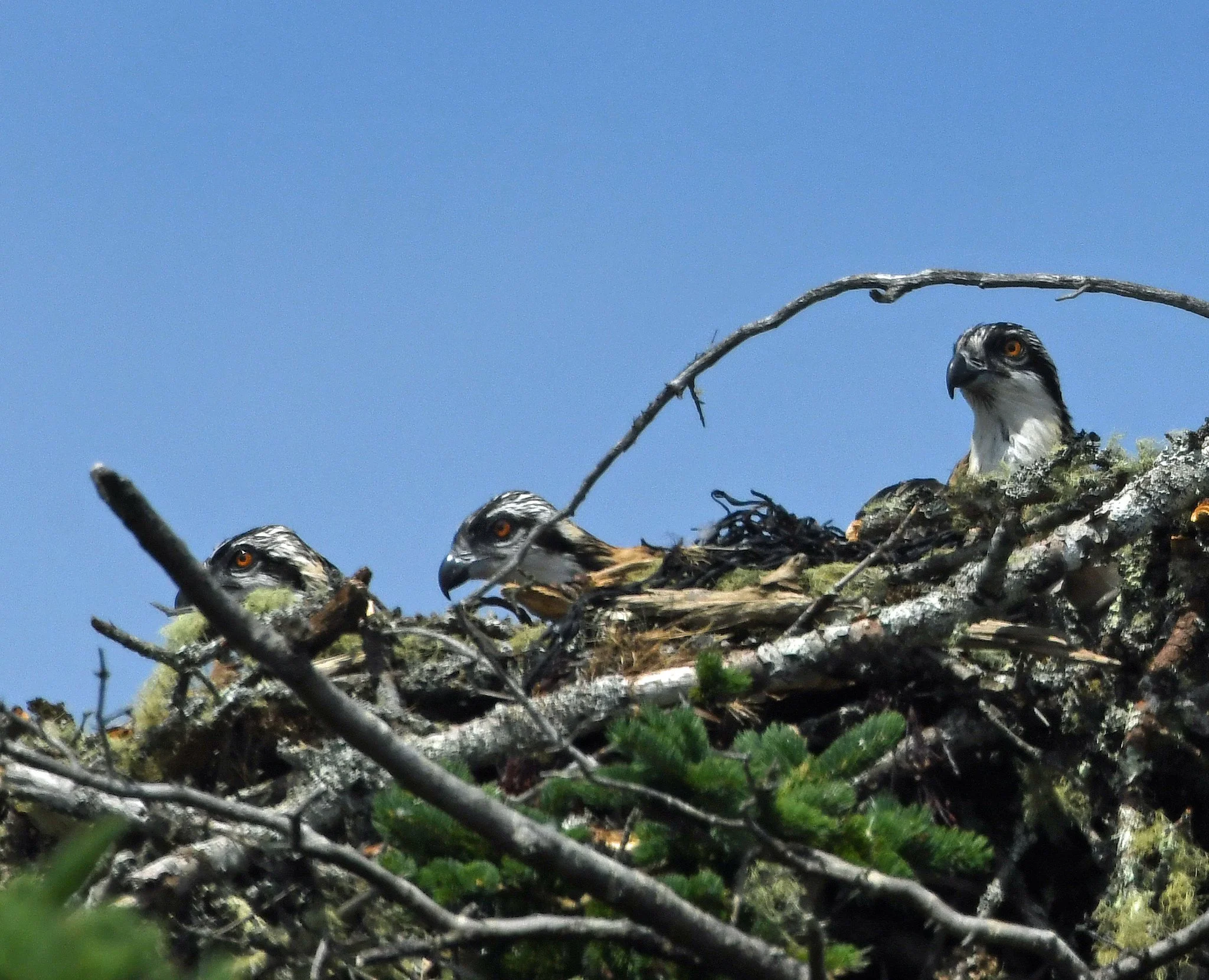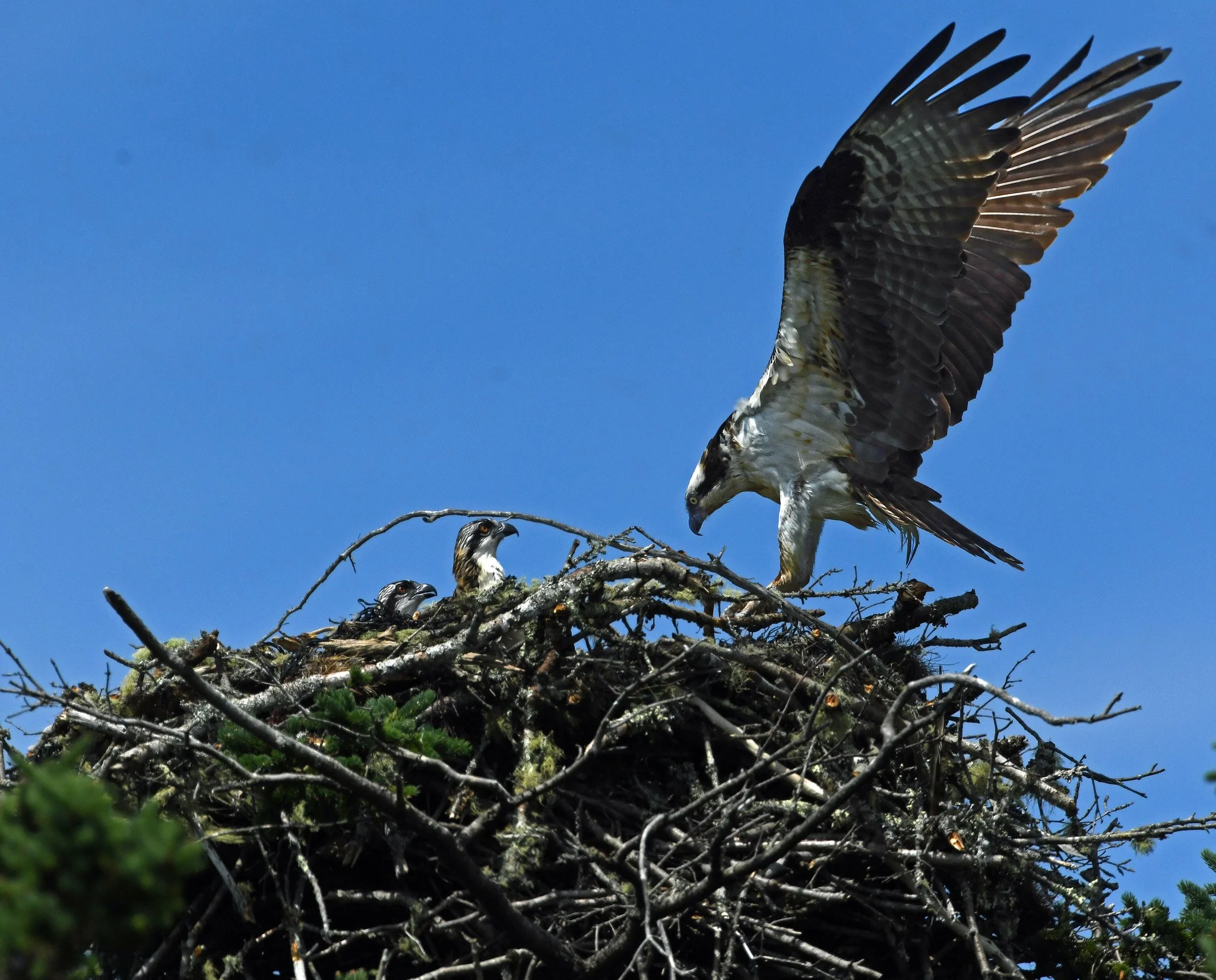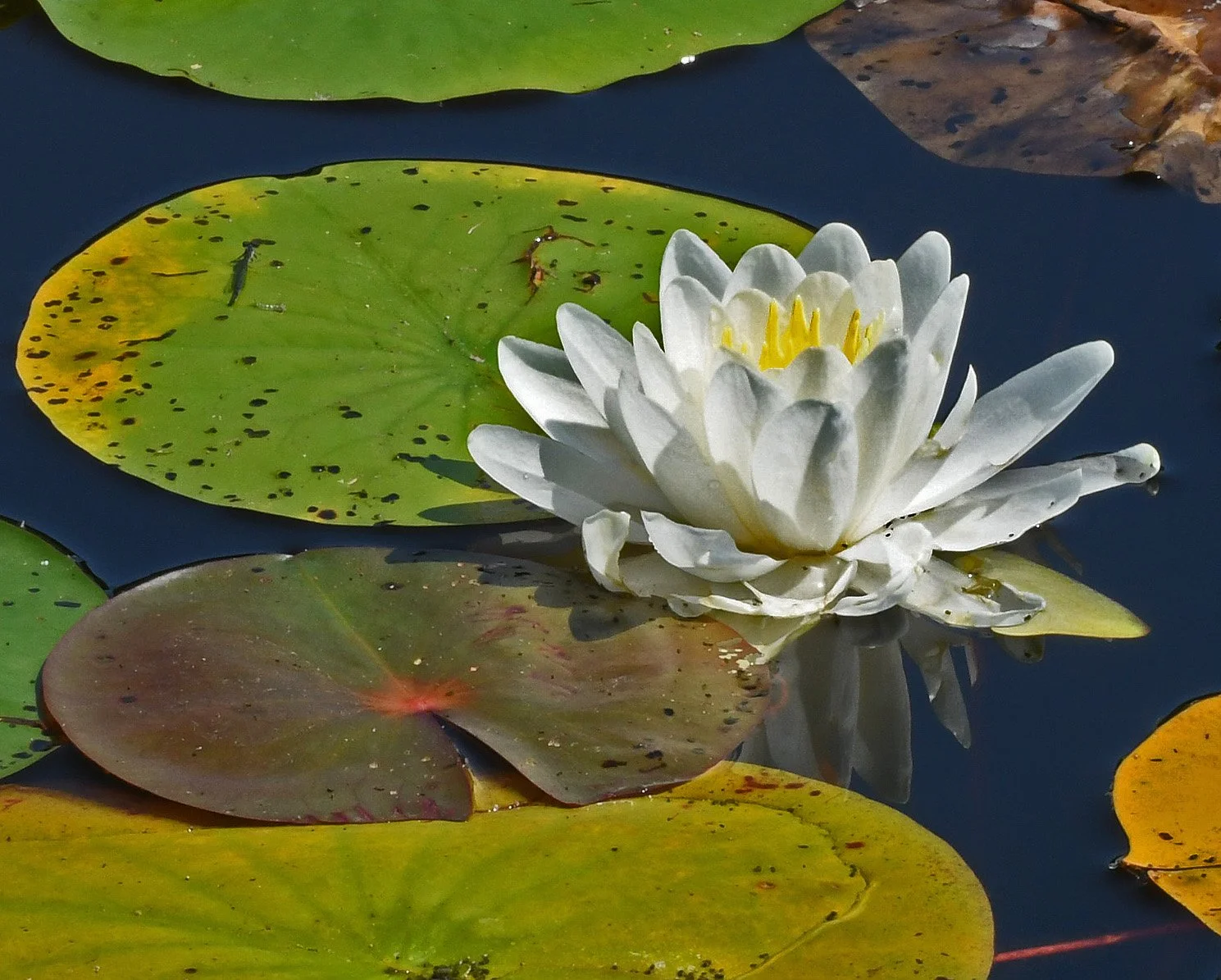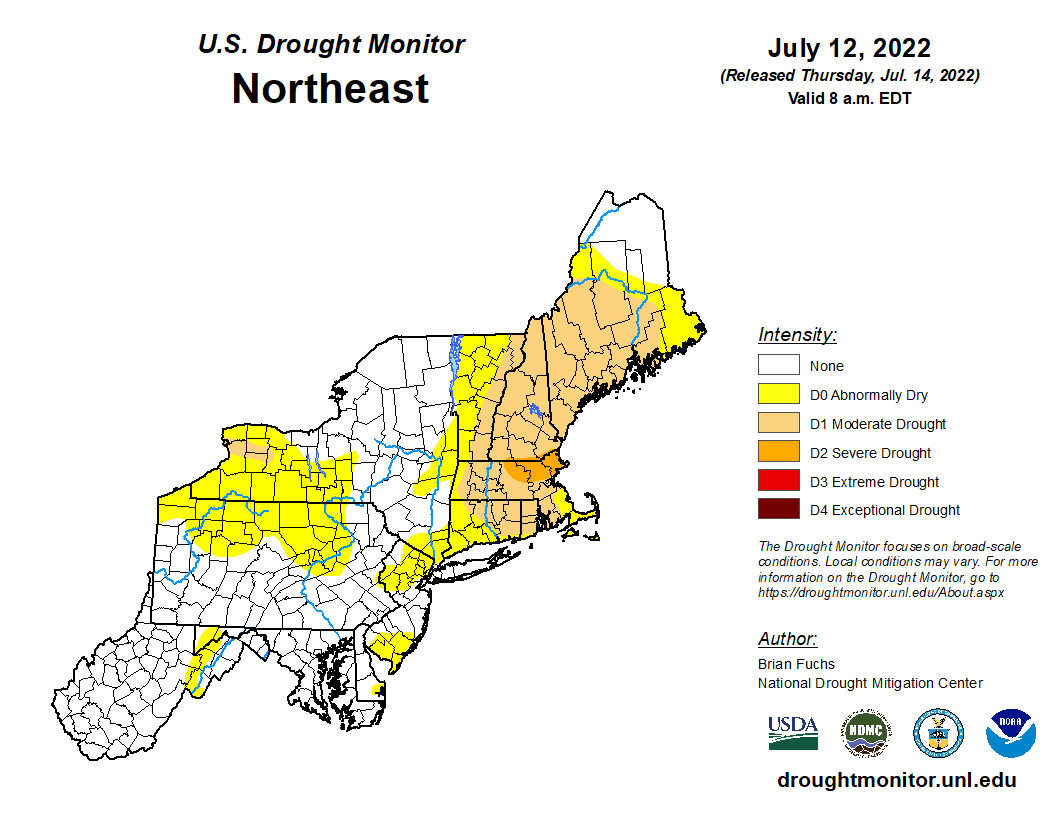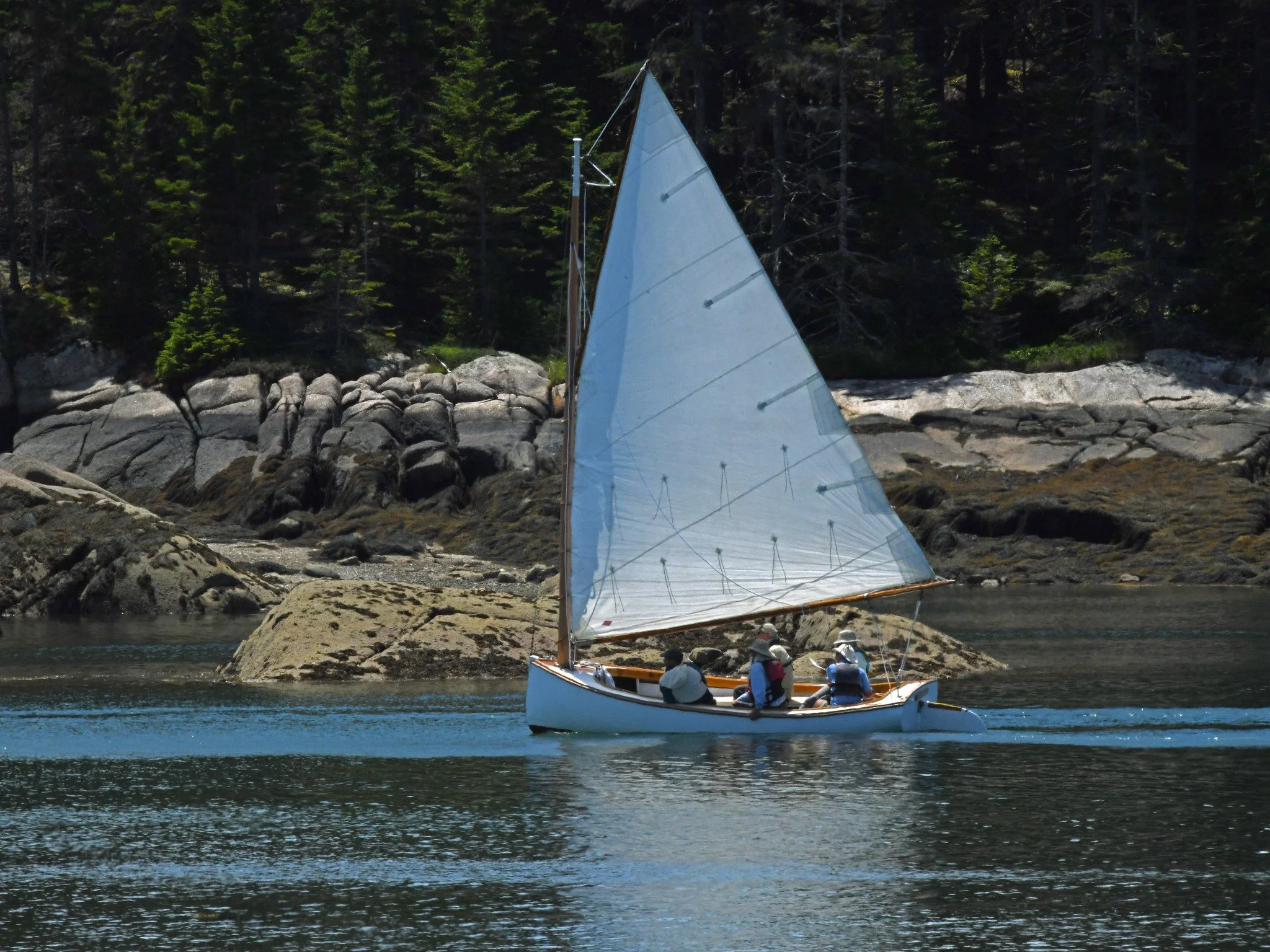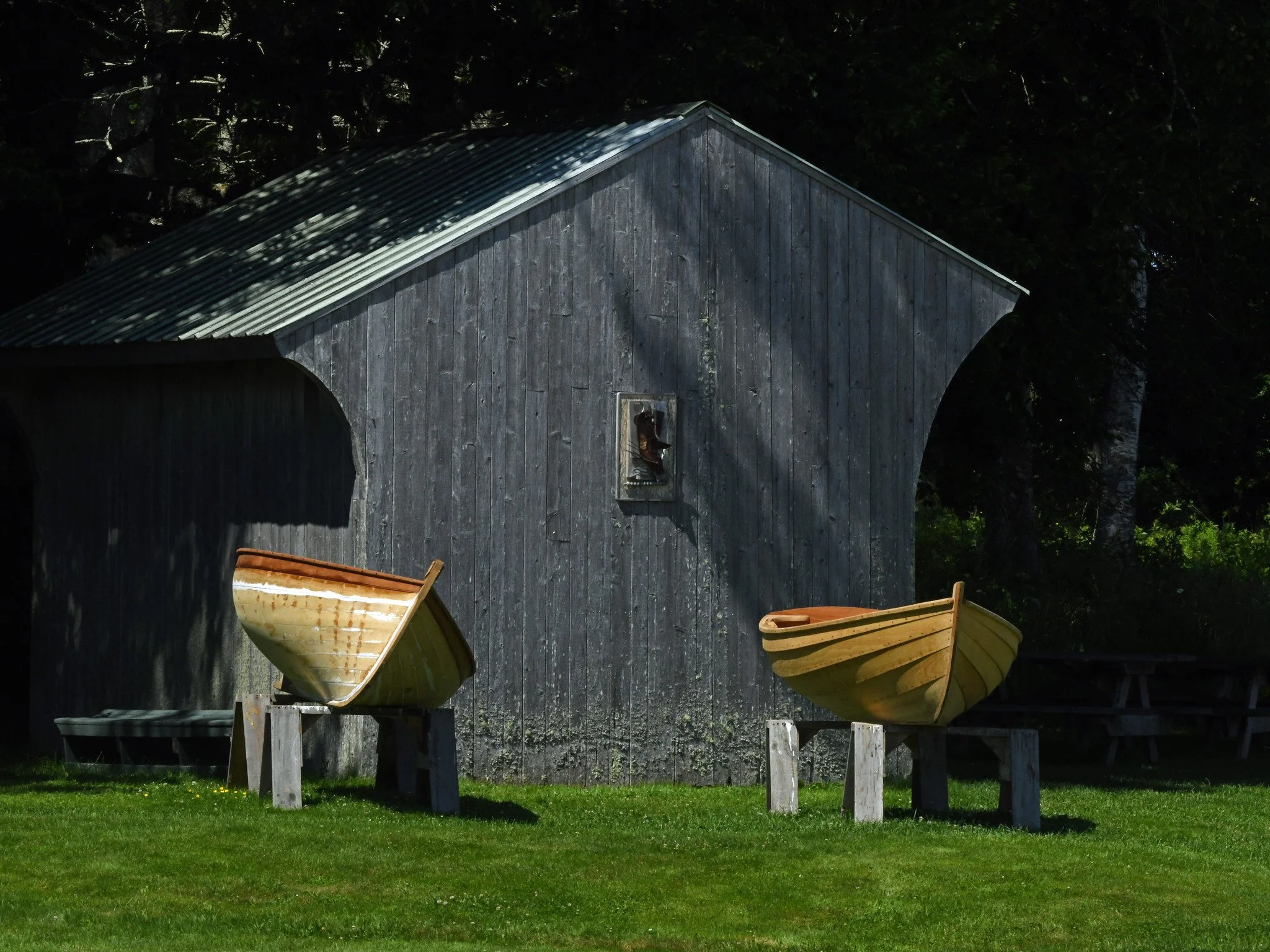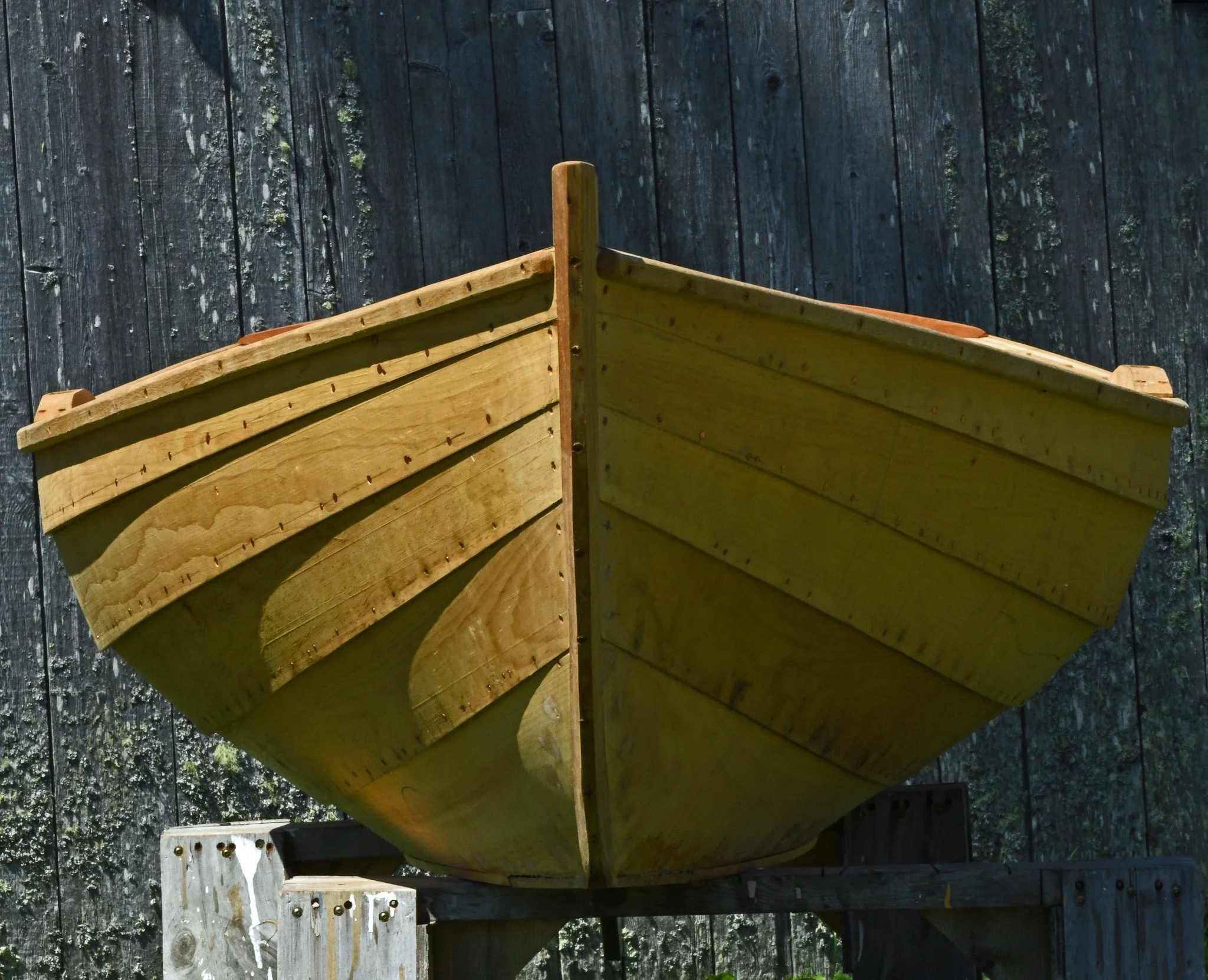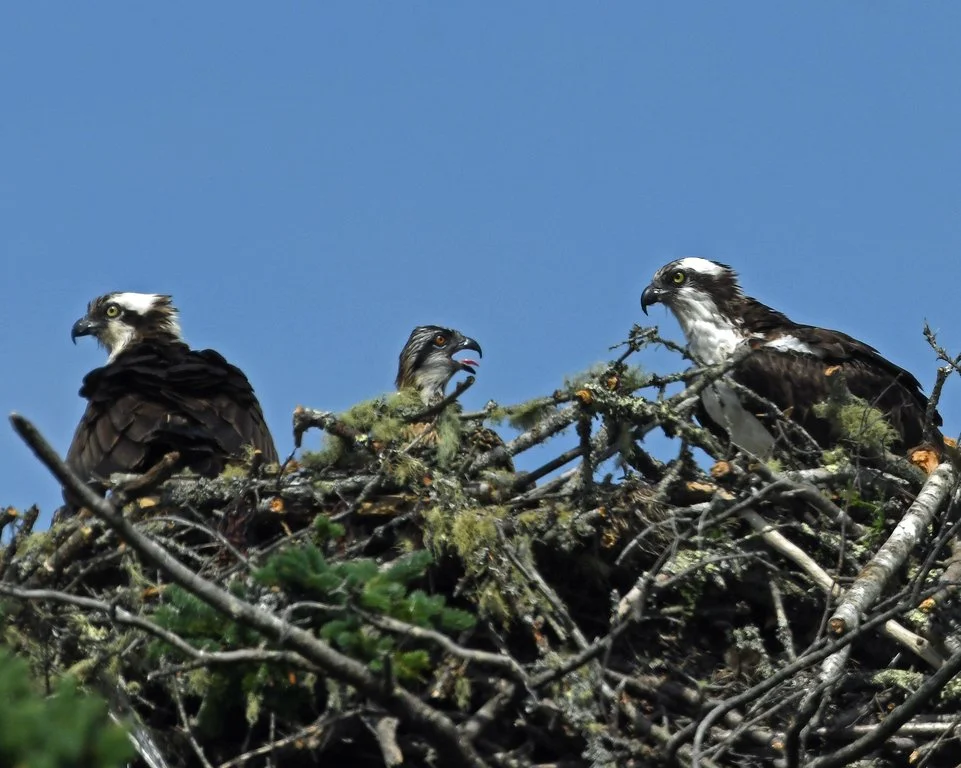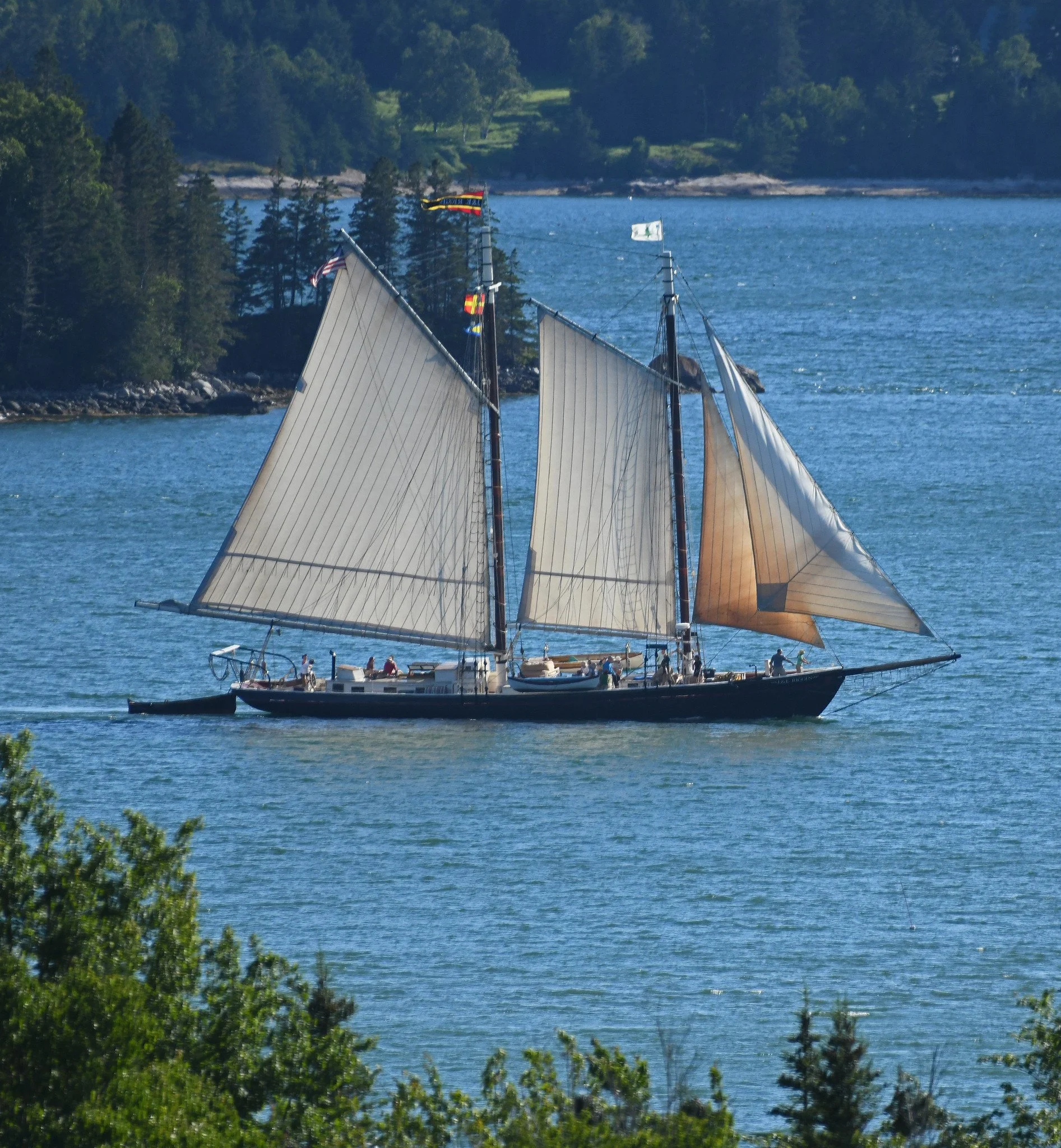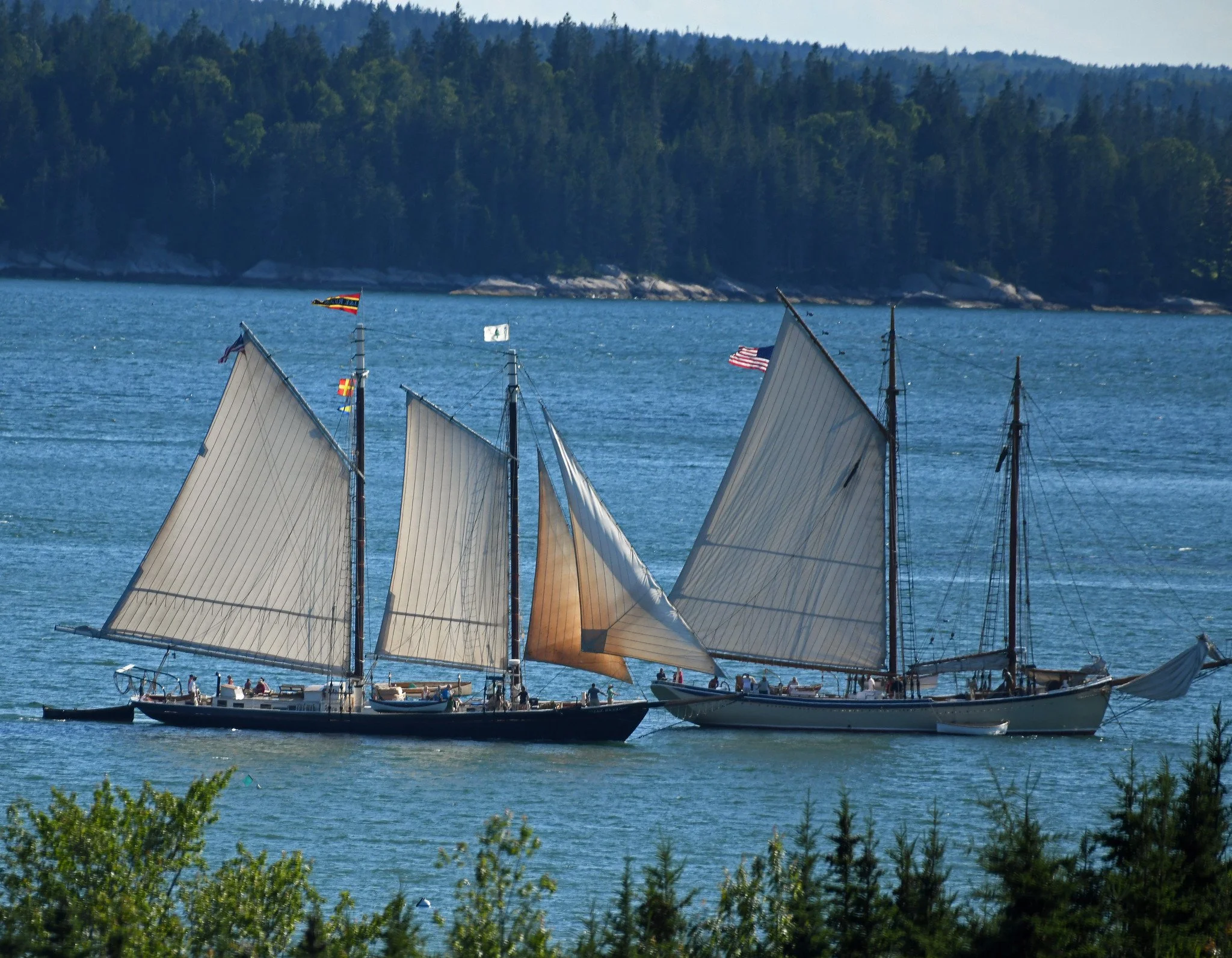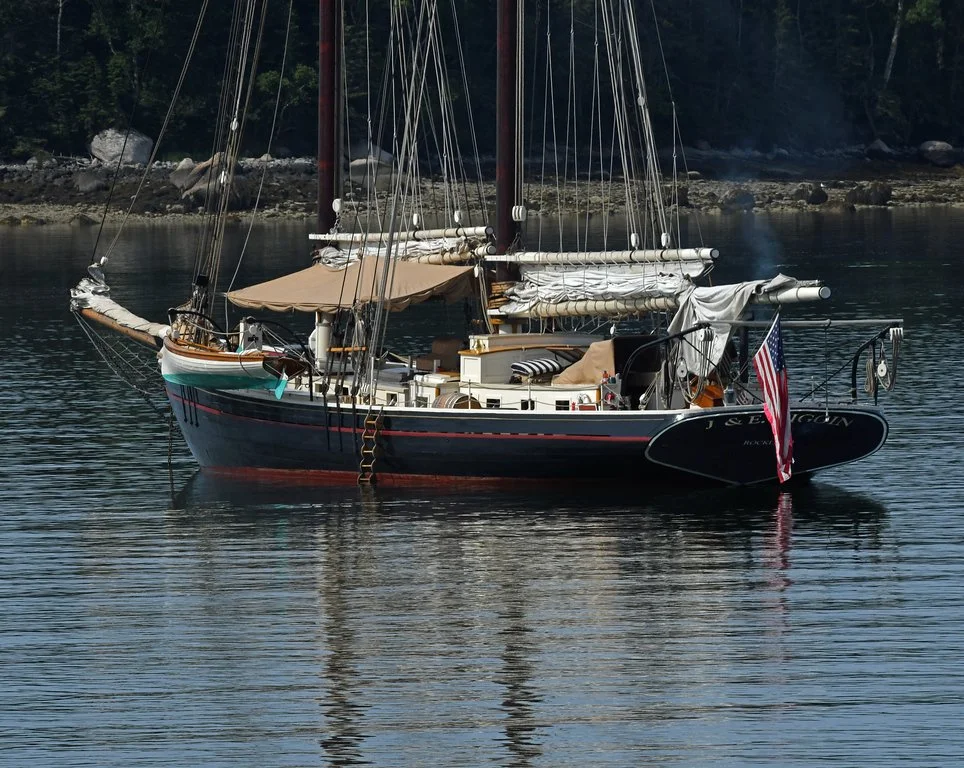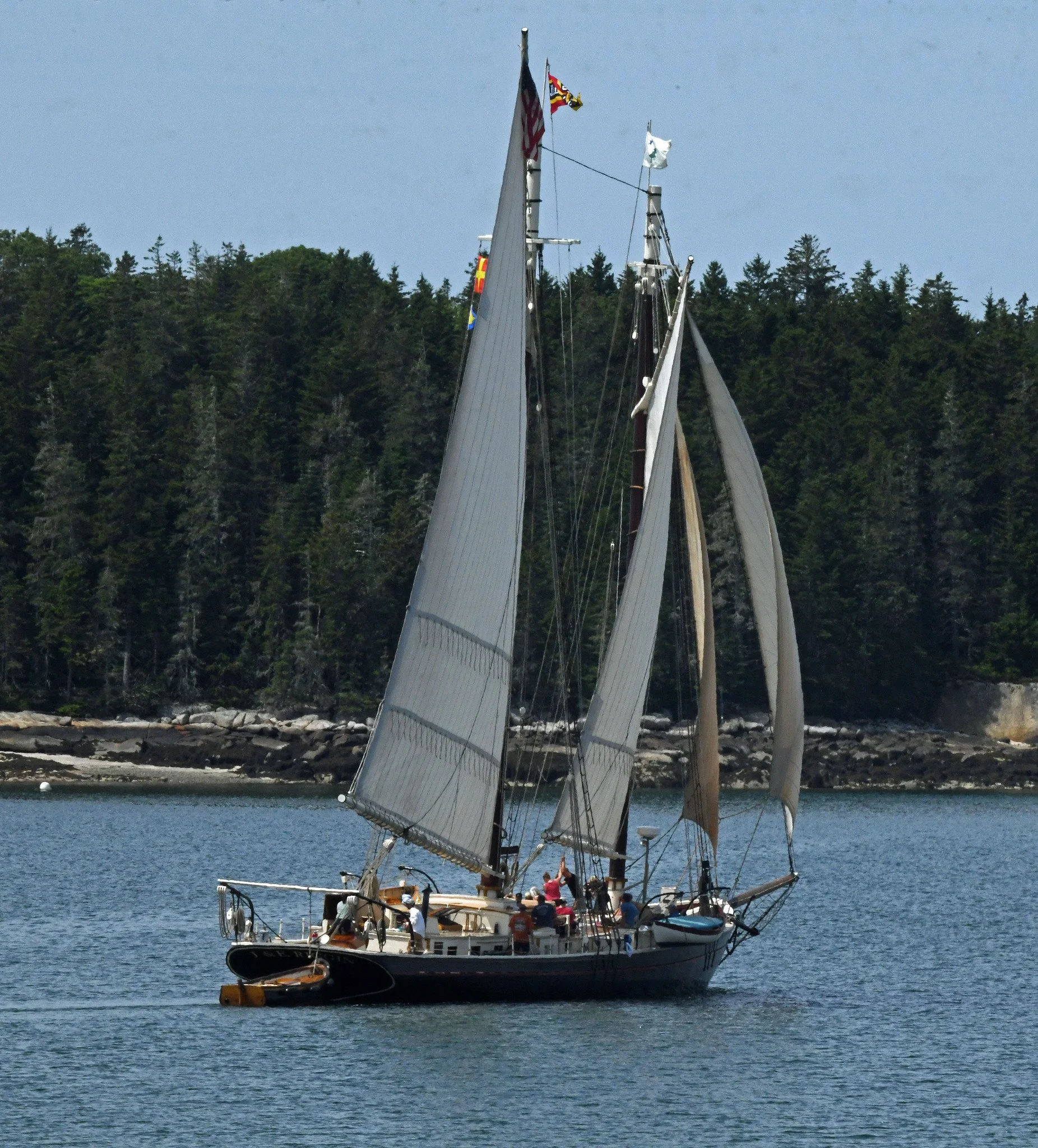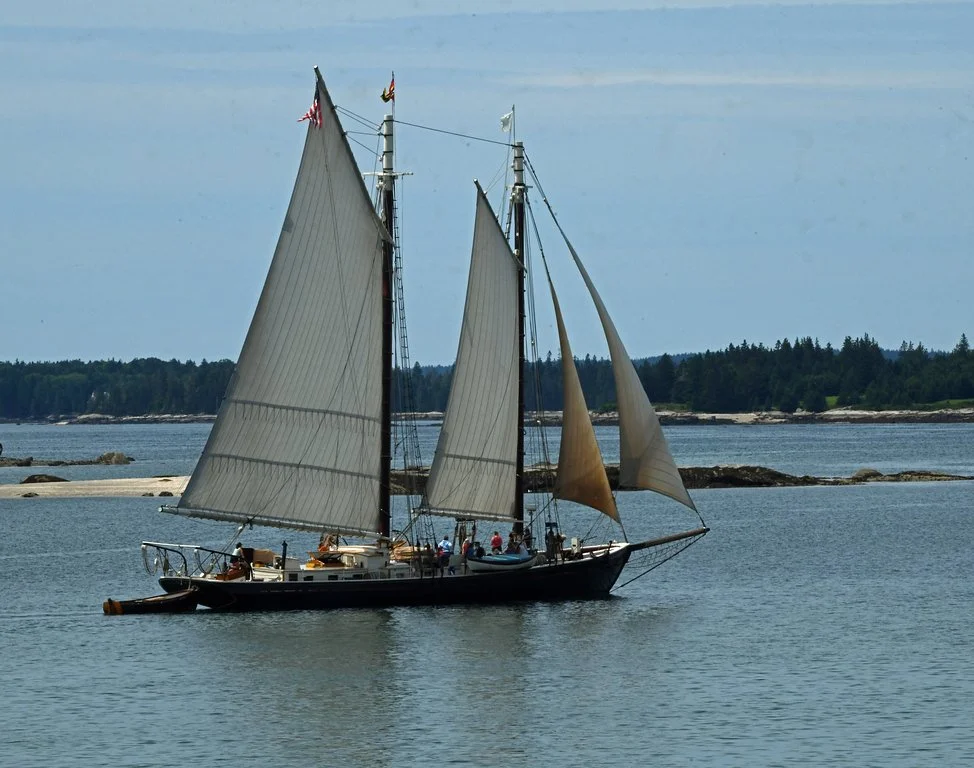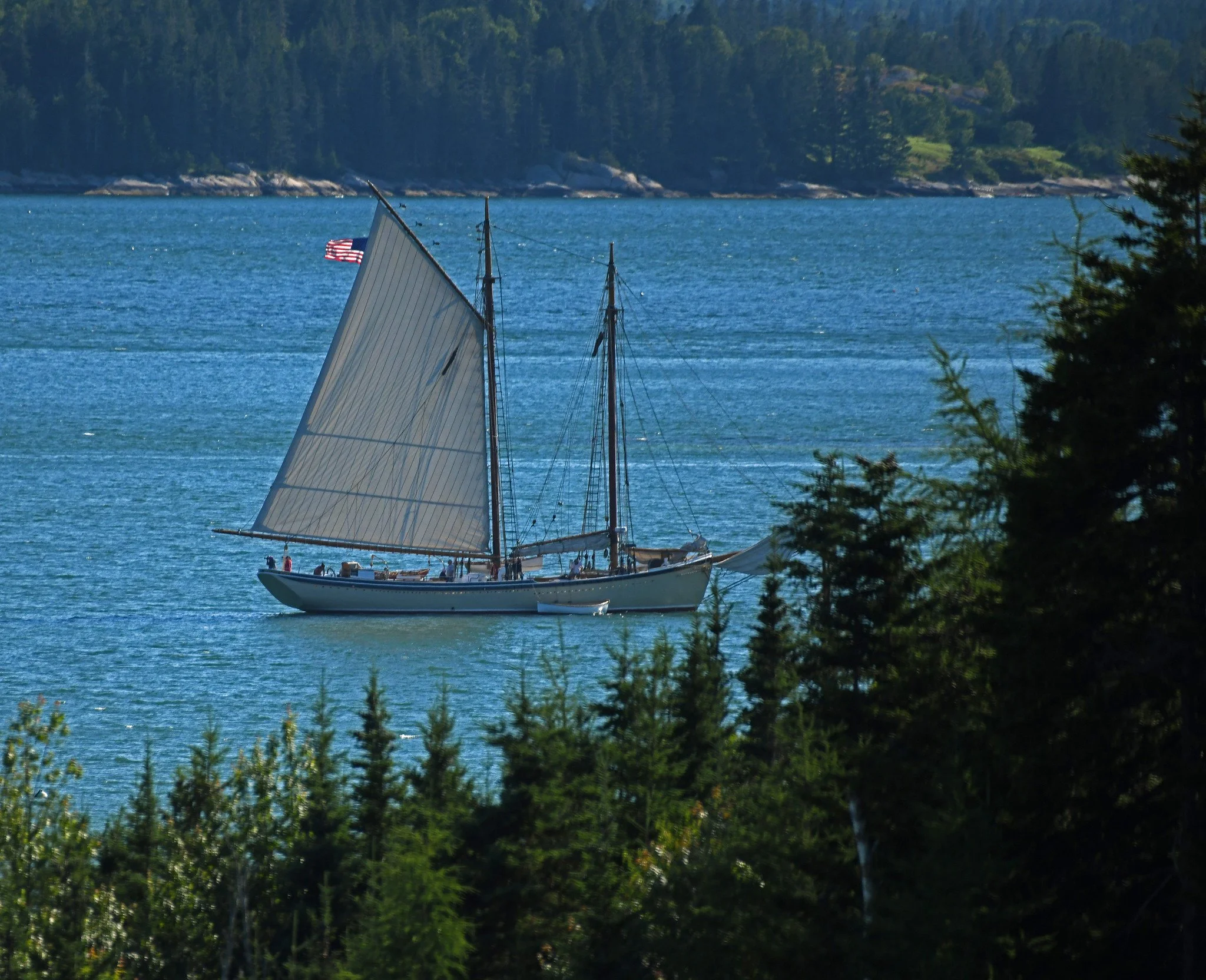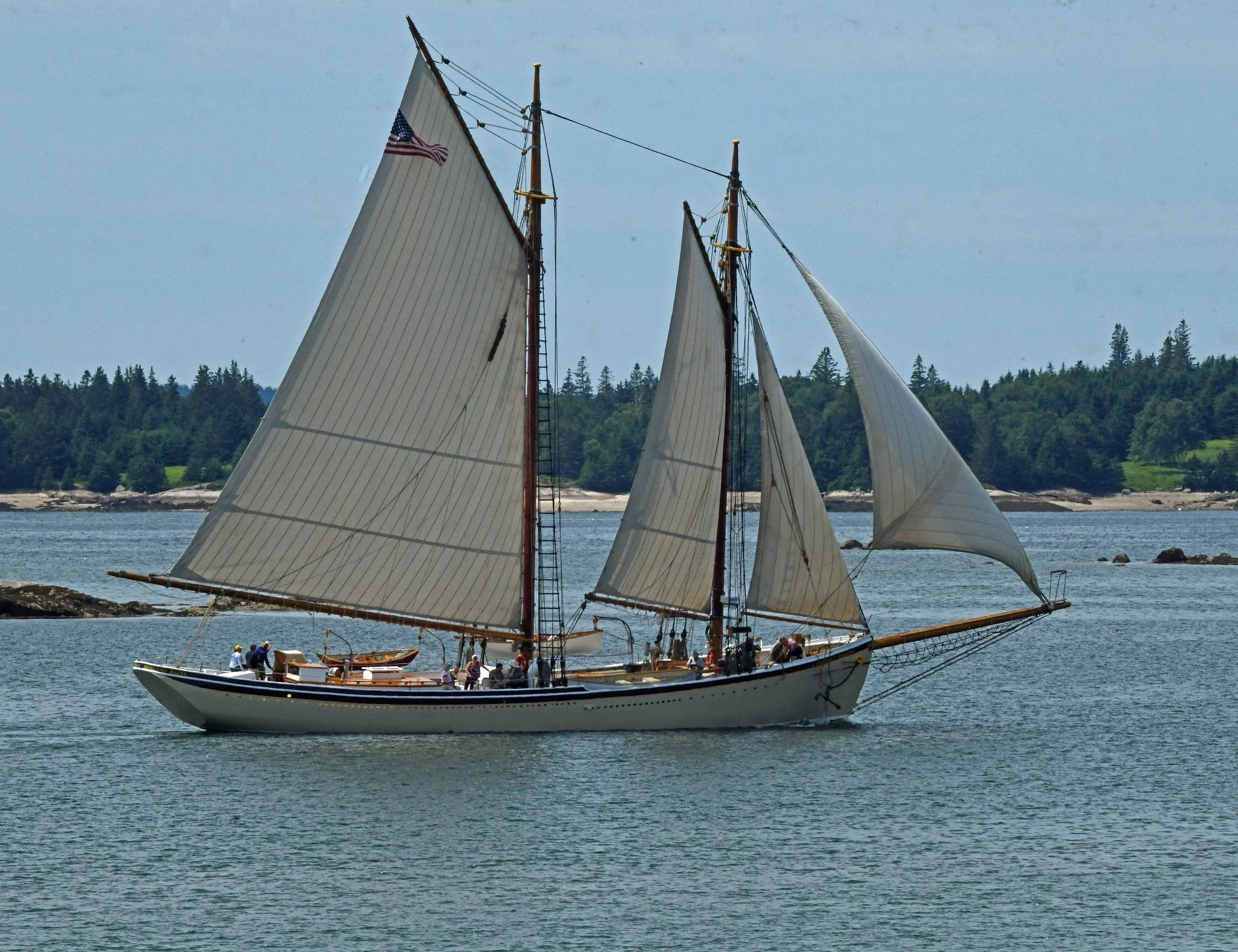It’s mating season for many dragonflies, a time to go to your local pond and watch airshows that make the Blue Angels look like slouches.
The dragonfly shown above is – I think – a male slaty skimmer, Libellula incesta. (I suspect that the process of identifying dragonflies and damselflies, other than a few common ones, was designed by an unknown enemy of mine who wants to drive me crazy. But, that’s another story.)
Lately, these blue dragonflies often can be seen defending their small territories from the vantage point of arrow arum leaves that give them a good view of their tiny realms. They’ll drive away anything that is not a female slaty skimmer, including this smaller dragonfly that, of course, I was unable to identify with any degree of certainty:
(Images taken in Brooklin, Maine, on July 22 and 23, 2022.)













